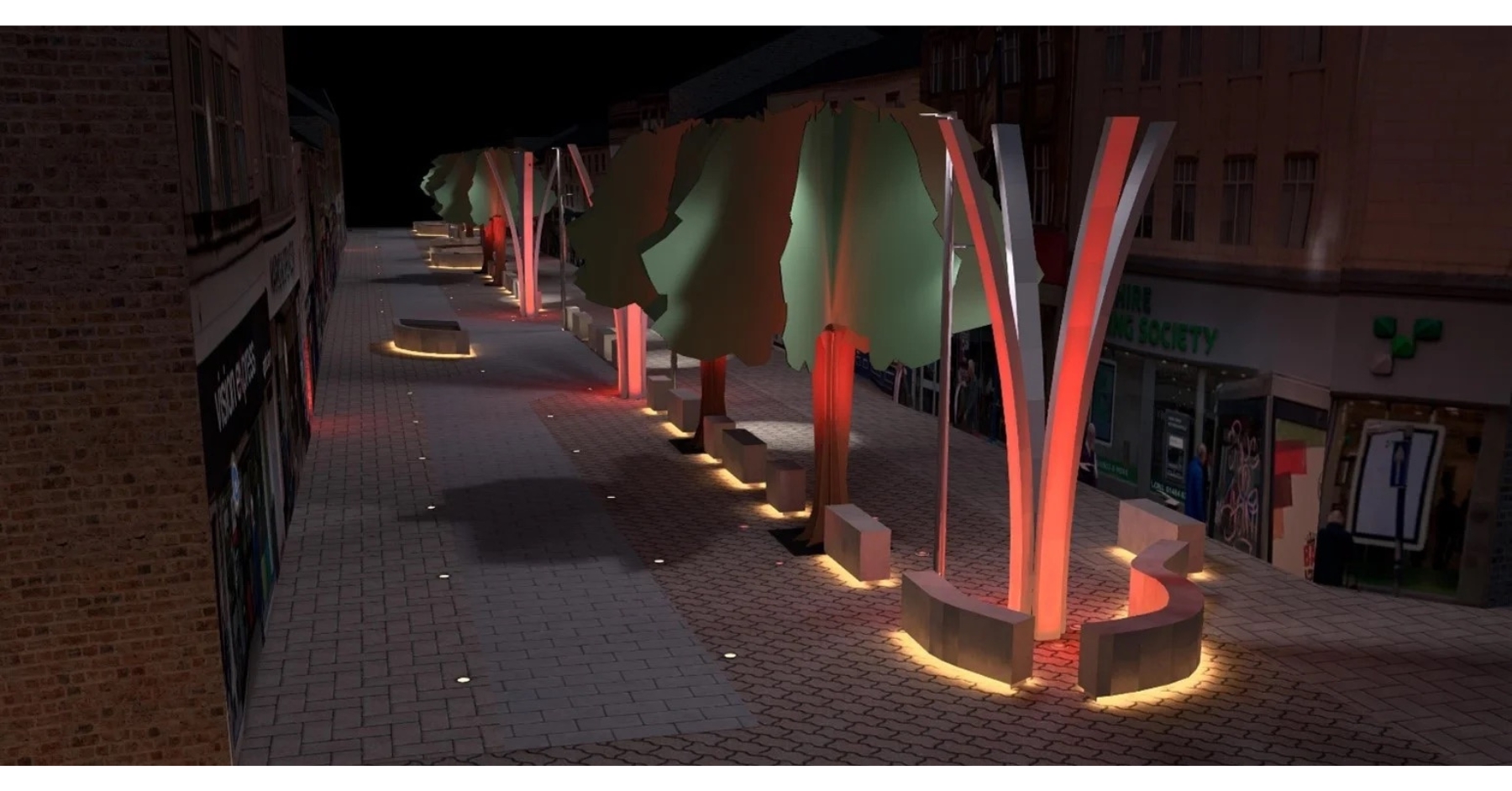It was the 1870’s that saw the rise of the British High Street, owing to the fact that more people were moving into towns and as such had no ground upon which to grow their own food or keep their own livestock.
Over time, market stalls became more permanent fixtures and developed into shops, complete with customer service and home delivery. The art of bartering, a long held, tradition amongst the British, was frowned upon in these new stores and prices of goods became fixed.
THE ELECTRIC LIGHT WAS INVENTED BY…
Humphry Davy, in 1806 first demonstrated that when electric current flowed through wires it caused them to heat up so much that they gave out light. At this time, it proved to be impractical owing to the blinding light that only be operated for a few minutes.
Later, in 1879, Joseph Swan’s arc lamp (the first practical and usable light) supplied electric light to Mosely Street in Newcastle, which was the first street in the UK to be illuminated by electricity. Swan opened Benwell lamps in 1881, which was the world’s first light bulb factory.
Thomas Edison, who is often thought to have invented the lightbulb was exhibiting his own electric lamp in 1879 in the USA. While Edison cannot take all the credit, he did solve the two main challenges of light bulb design – by adding thin carbon filament along with better vacuums, plus he had the business sense to market his product worldwide and combined forces with Swan.
Did lighting help the high street?
After this development and over time, life became easier, with the working and playing day extended into the hours of darkness. The high street became a social experience. Shopping developed into more of a pastime thanks to the women’s movement and tearooms, while the new and fashionable department stores became places for socialising. Women gained more freedom as they were able to go to these places unfettered by chaperones.
The addition of electric street lighting opened a door into an environment where communities felt welcome and safe, and our high streets thrived because of it.
THE HIGH STREET IN DECLINE
Traditionally, high streets have been at the heart of communities, but with the loss of so many retail giants, whole areas become unwelcoming places.
The cycle of decline doesn’t just stop there. As the footfall lessens, so does the charm of the high street, with people less inclined to venture into towns, especially after dark.
A combination of the ease of online shopping, together with the appeal of large out of town shopping centres, with free parking and on-site restaurants offer an experience that the modern high street has lost.
SO, HOW COULD LIGHTING HELP?
It’s 2022, the world around us shrieks of SMART technology and we already change the hue and tone of lighting in our homes, so why not apply that to our streets?
Here at DFL, we think that re-imagining the way our high streets, towns and cities are lit could make a drastic difference to our communities.
Lighting a space through the use of timers, sequencing and colour change technology opens the great outdoors for everyone. Adding SMART technology to streetlights such as motion detectors will save usage and cost, while raising and dimming lights can be used according to any given situation.
The fact that streetlights are pretty much everywhere and that they are already connected to a power supply opens up a whole host of other potential uses for them.
We could, for example: –
- Add cameras to increase safety
- Assess air quality
- Provide instant traffic reports
- Parking solutions for drivers
- Connected wireless Wi-Fi network
- Charging points for electric vehicles
In order to increase footfall and breathe life back into our towns we have got to make the spaces inviting for everyone using it. We have the ability to change the level of light to suit an area, its intended use and protect the surrounding wildlife.
So, yes, our high streets need new lighting solutions and while we understand that this is not the only thing that must change – the repurposing of large stores into homes for example, if we do not think big, while using the technology available to us, then those community spaces could be lost forever.























